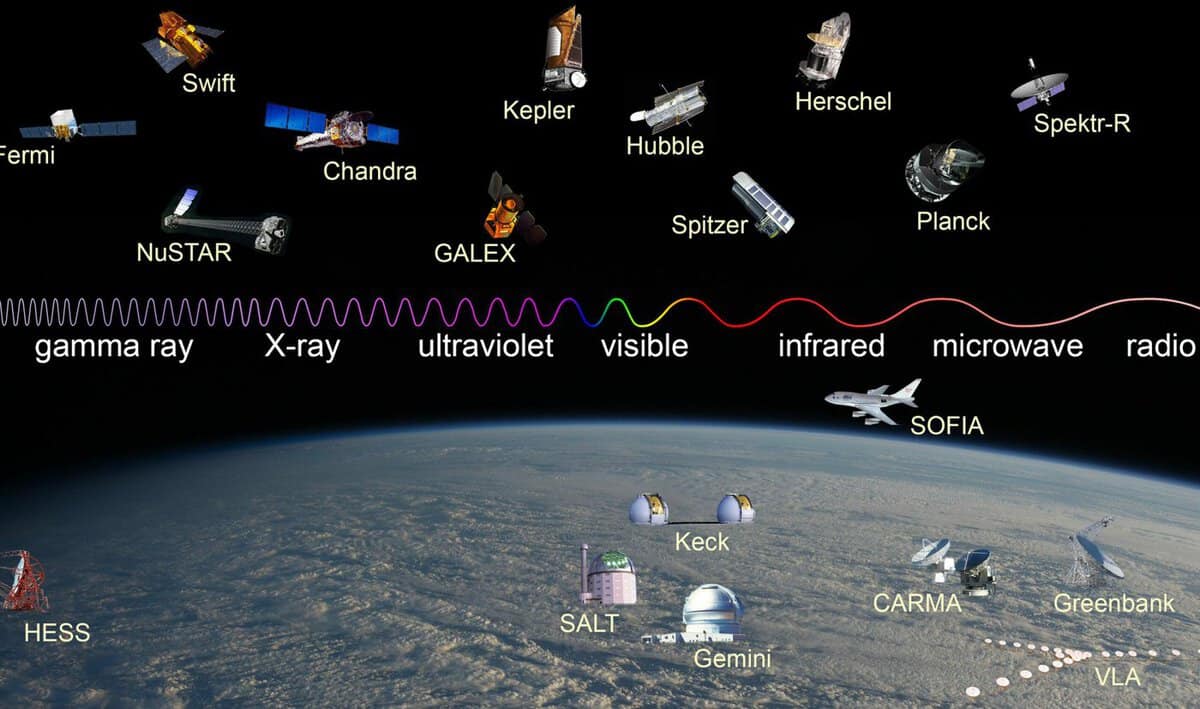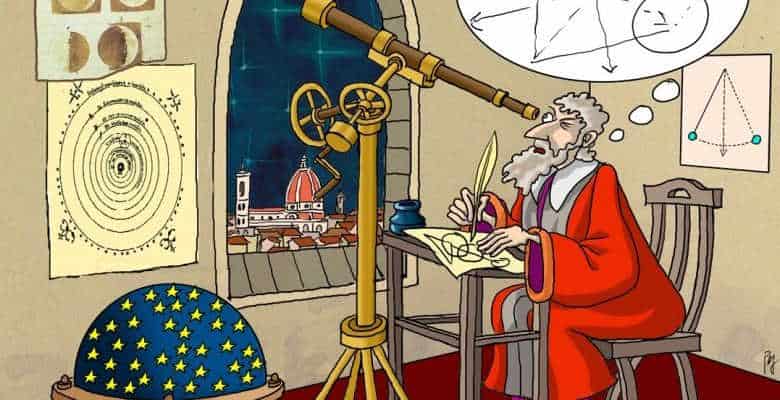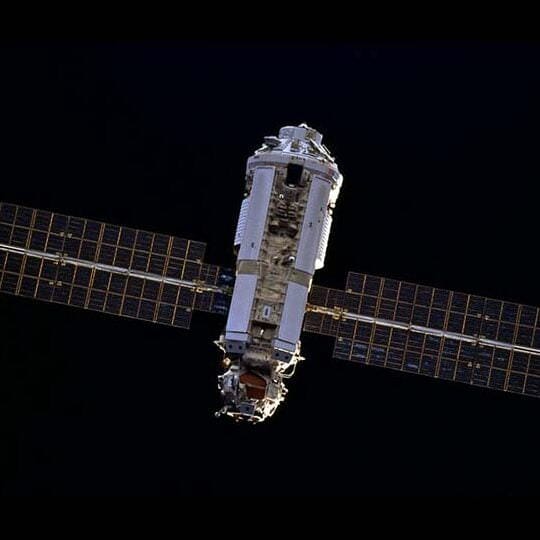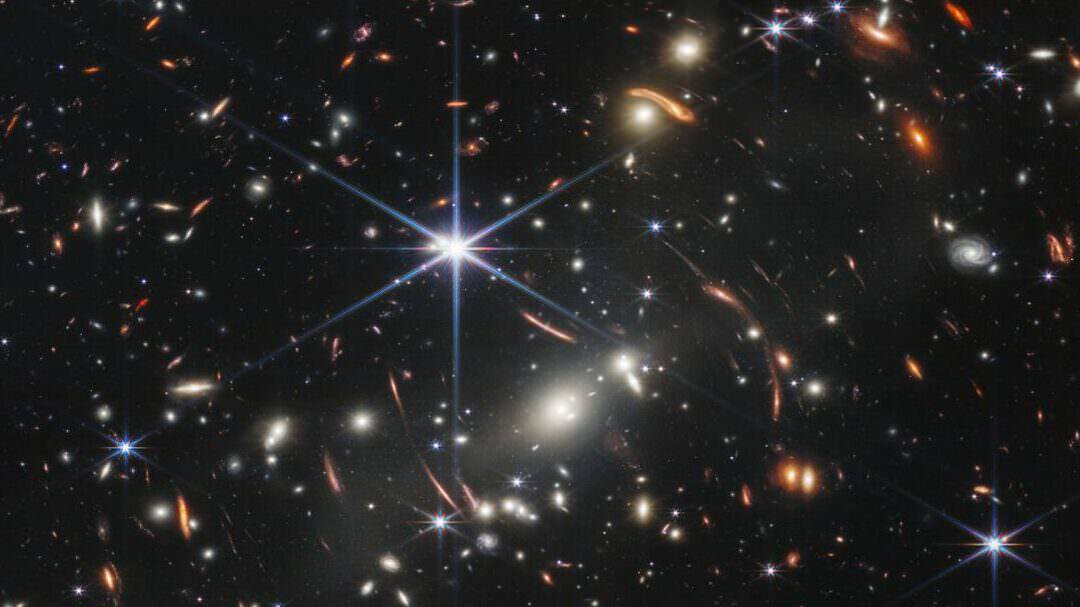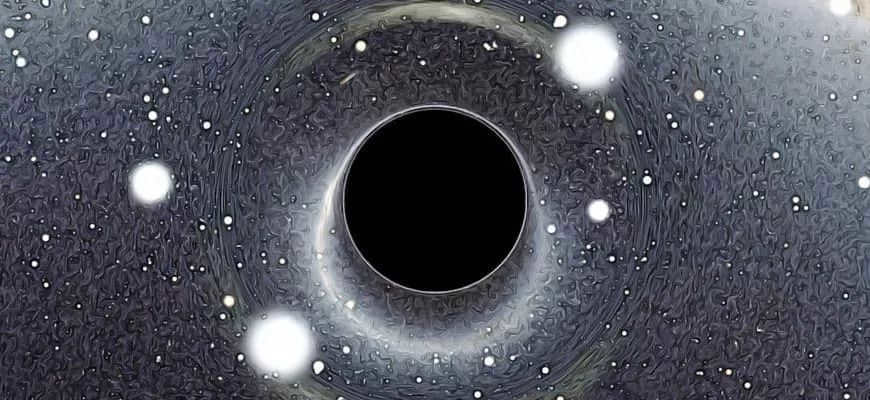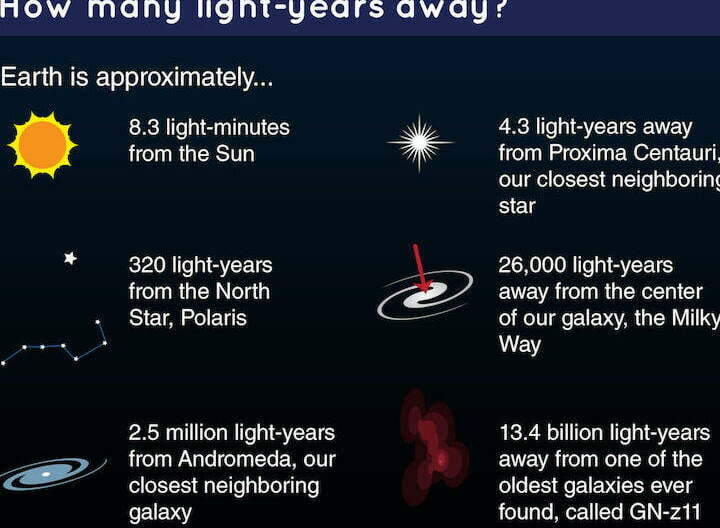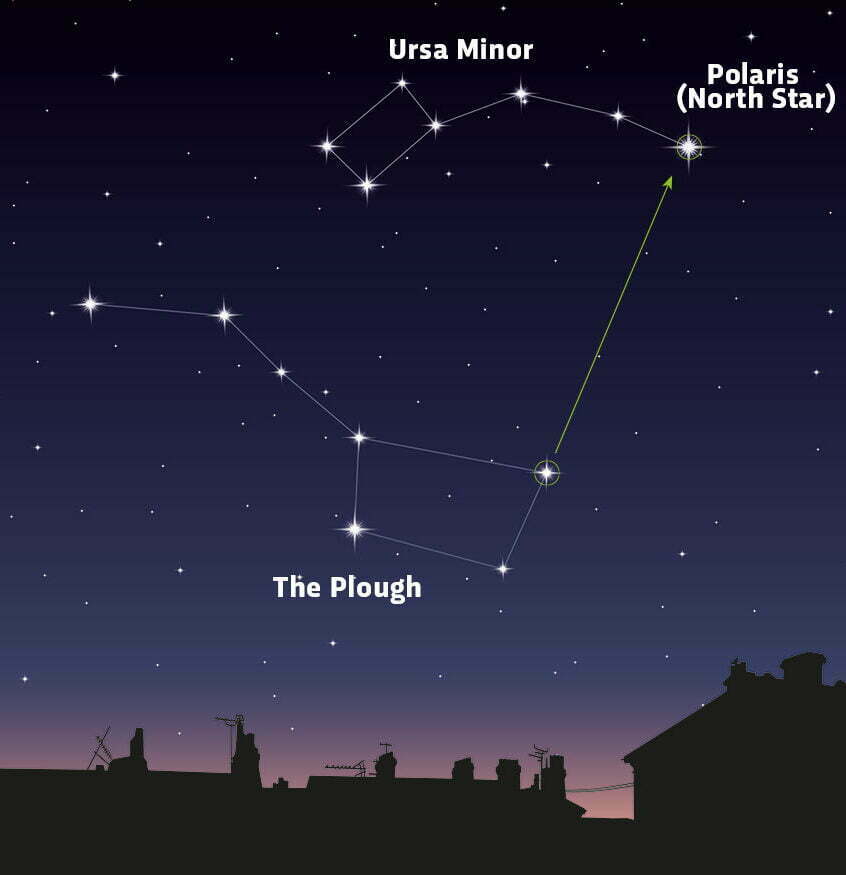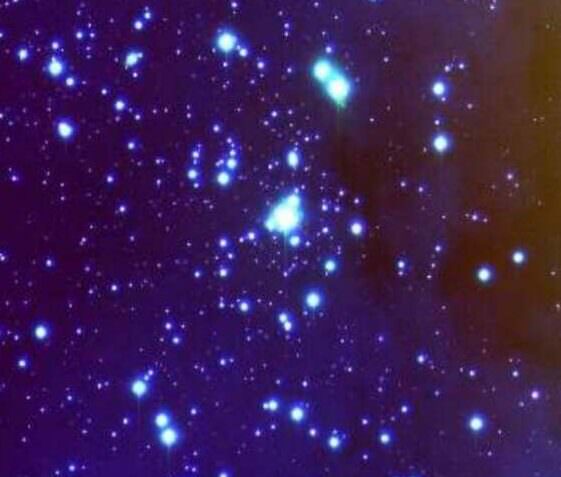
Stellar astronomy investigates
Stellar astronomy focuses on investigating the structure, dynamics, and evolution of stellar systems and subsystems within the Milky Way galaxy, as well as studying the general patterns and regularities that govern them. The field of stellar astronomy can be further categorized into three main sections: stellar statistics, stellar dynamics, and stellar kinematics. Statistics of the…



